Introduction of the subsystem instruments on board ASTRO-H, and how each instrument will contribute to unraveling the hot, violent universe. ASTRO-H carries the most leading edge X-ray instruments and the satellite technology that will implement their successful operation.
Instrument Positions on Spacecraft
The 4 telescopes and 2 soft gamma-ray detectors face the same direction, and are capable of observing simultaneously. The 4 types of detectors (6 systems) detect X-ray photons from space one at a time.
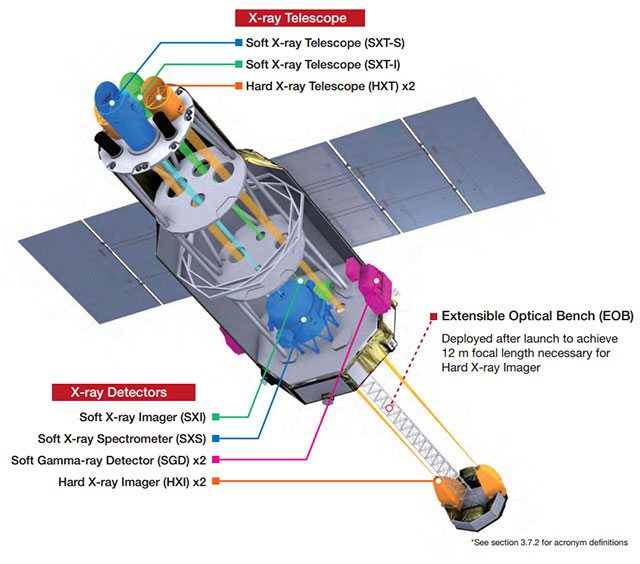
Two Telescopes and Four Detectors
There are 2 types of telescopes, and 4 types of detectors with various features on board ASTRO-H.
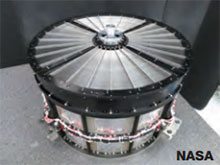
Soft X-ray Telescope (SXT-S)
Soft X-ray Telescope (SXT-I)
X-ray telescope that corresponds to the lens of the optical telescope. Unlike the optical case, the X-ray telescope is structured with over 200 aluminum shells that reflect X-rays concentrically aligned.
The diameter is 45 cm, focal length 5.6 m.
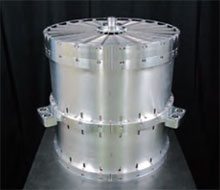
Hard X-ray Telescope (HXT) x2
Same structure as soft X-ray telescope, has the ability to image hard X-rays up to 80 keV using Japanese nano technology.
45 cm diameter, 12 m focal length.
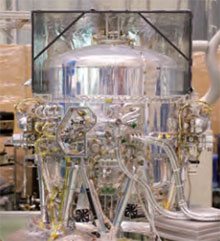
Soft X-ray Spectrometer (SXS)
Uses US-led technology called microcalorimetry. Includes multiple stages of coolers to lower the temperature of the sensor to near absolute zero (-273.15 degrees C). By measuring the slight increase in temperature from incoming X-ray photons, it is capable of measuring the X-ray energy in never before achieved high resolution. The most highly anticipated device on ASTRO-H by scientists.
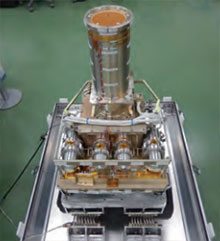
Soft X-ray Imager (SXI)
X-ray camera that achieves wide field of view of 38 arcmin by arranging 4 large X-ray CCDs together. Simultaneously implements X-ray imaging and spectrometry of sources in soft X-ray band. Located inside the satellite at the focal plane of SXT-I.
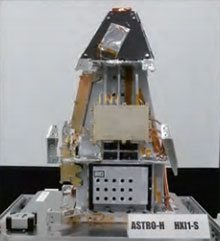
Hard X-ray Imager (HXI) x2
Camera that observes sources in hard X-ray with energy 5 keV and higher using silicon and Cadmium Telluride semiconductors. Located at the focus of the HXT with 12m focal length, which is realized by the extensible optical bench (EOB) that gets deployed in orbit.
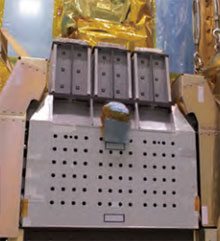
Soft Gamma-ray Detector (SGD) x2
High sensitivity gamma-ray detector layered with semiconductor detectors and using Compton camera theory. Cannot image sources since it does not use a telescope, but anticipated to reveal high energy phenomena by detecting soft gamma-rays with higher energy than X-ray.
ASTRO-H is capable of observing a wide energy range of 0.3 – 600 keV by uniting the multiple observing instruments above. The detector sensitivity achieves 10 to 100 times that of Suzaku as shown in Figure below.

This entry passed through the Full-Text RSS service – if this is your content and you’re reading it on someone else’s site, please read the FAQ at fivefilters.org/content-only/faq.php#publishers.
Comments are closed.